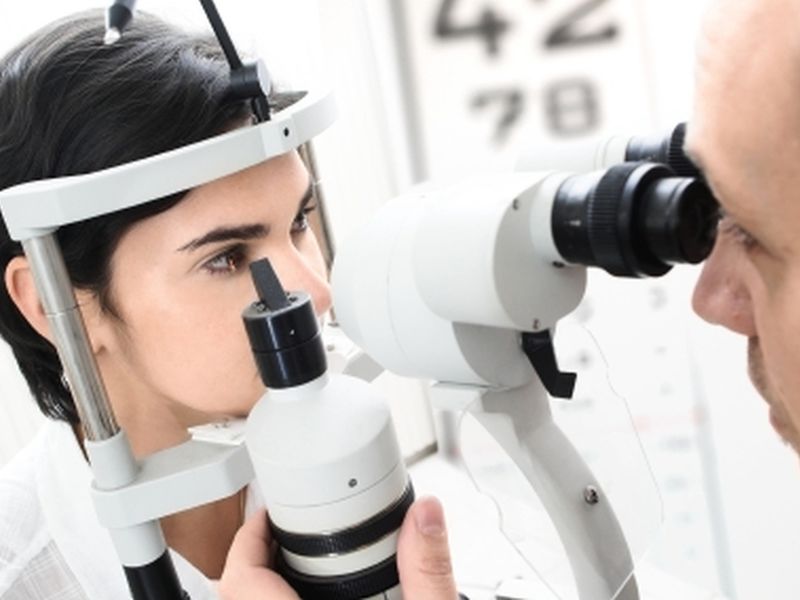

Peripheral Vision Varies From Person to Person
And 'bad spots' get even worse if there's a lot to look at, study saysThursday, April 13, 2017

THURSDAY, April 13, 2017 (HealthDay News) -- Do you feel like you can't ever catch a ball that comes in from your left side? A bad spot in your peripheral vision may be to blame.
Peripheral vision is the ability to see things that aren't in the center of your field of vision.
A new small study found significant differences in people's ability to detect objects in their peripheral vision. For example, some people were better at spotting things on the left, while others excelled at seeing things on the right.
"Everyone has their own pattern of sensitivity, with islands of poor vision and other regions of good vision," said study lead author John Greenwood, from University College London in England.
Greenwood and his team gave 12 people a series of perception tests over several years. Overall, the participants were worse at spotting objects in crowded environments when they were above or below eye level, although there was variation between individuals.
The researchers used a test focusing on a point in the center of the screen while images of clocks were shown in different parts of the visual field -- either a clock alone or with two other clocks next to it.
The researchers found that it was harder to tell time on the central clock when the other clocks were closer. This is known as "visual crowding."
"If you're looking for your keys, then this profile will affect your ability to find them. For example, if your keys are on a table to the left of where you're focusing, the presence of books and papers on the table may stop you spotting the keys," Greenwood said in a university news release.
"Someone with strong left-sided vision could spot the keys even if they're right next to the book, whereas someone else might not notice the keys unless they're a foot away from the book. There is substantial variation between different people," he said.
Understanding that peripheral vision varies could be especially helpful when driving.
"If you're driving a truck with a high cabin and looking straight ahead, you're less likely to notice pedestrians or cyclists at street level in your peripheral vision than if you were lower down and looking to the left and right," Greenwood said.
"A visually cluttered environment like a busy city road makes it even more difficult. As well as considering the physical blind spots on vehicles, we should remember that the people behind the wheel will also have different areas where their peripheral vision is better or worse," he said.
The study was published this week in the journal Proceedings of the National Academy of Sciences.
SOURCE: University College London, news release, April 10, 2017
HealthDay
Copyright (c) 2017 HealthDay. All rights reserved.
News stories are written and provided by HealthDay and do not reflect federal policy, the views of MedlinePlus, the National Library of Medicine, the National Institutes of Health, or the U.S. Department of Health and Human Services.
- More Health News on:
- Vision Impairment and Blindness








































No hay comentarios:
Publicar un comentario